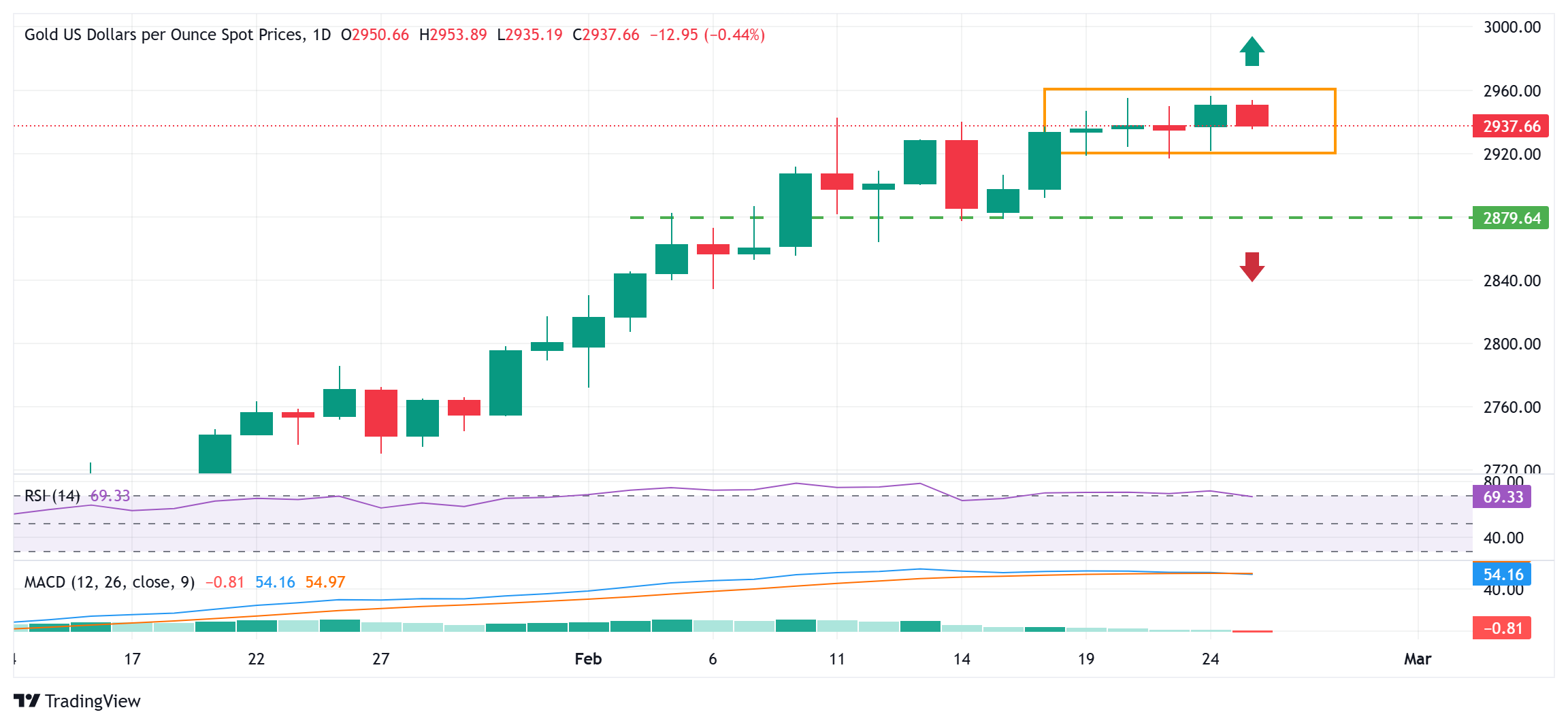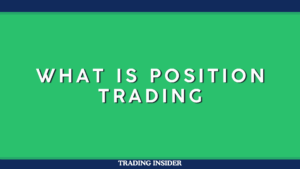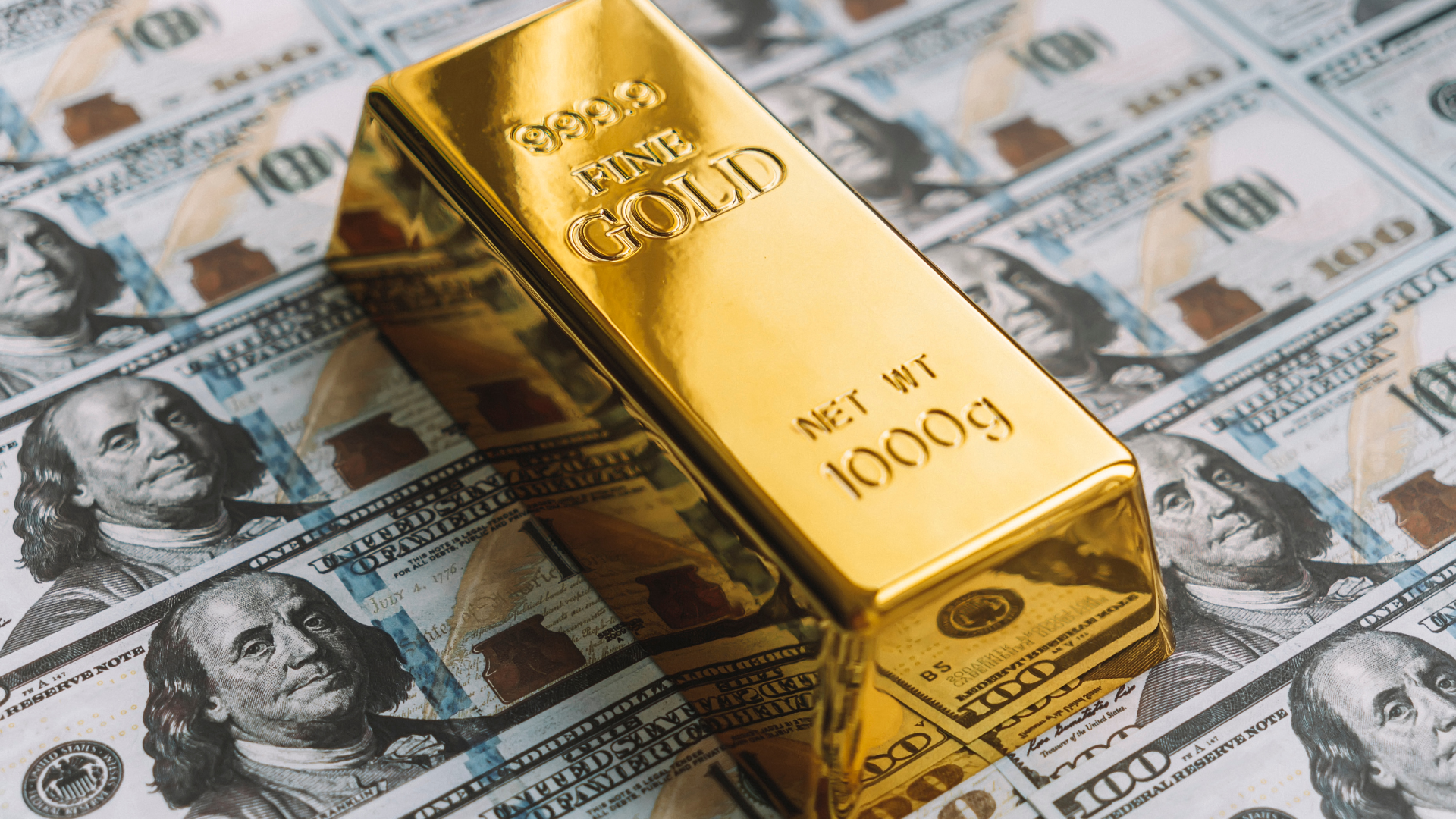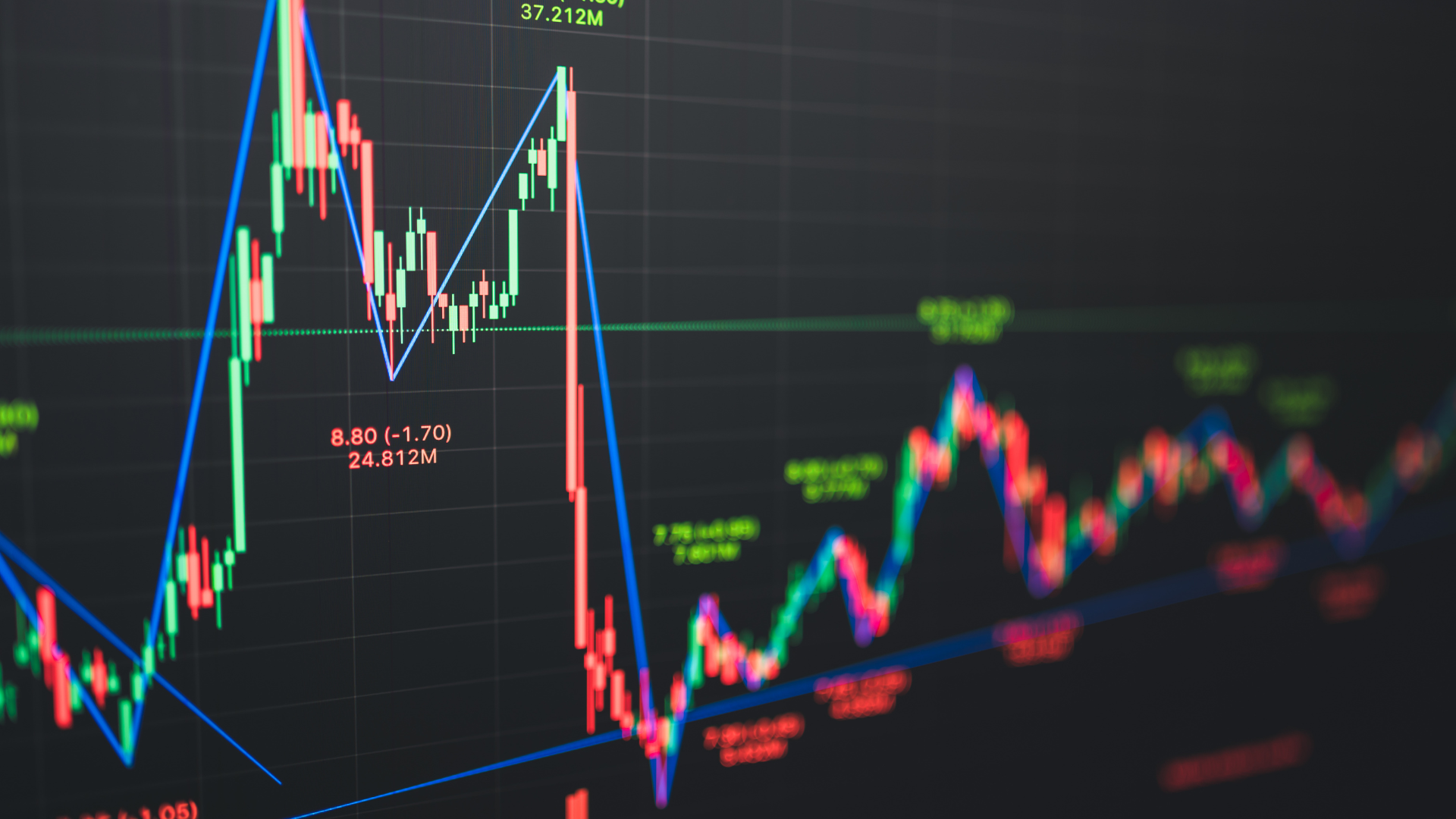Gold prices remain under pressure, trading just below record highs, as investors weigh global trade tensions against shifting expectations for Federal Reserve policy. While the yellow metal has faced some selling pressure, bearish conviction appears weak, with ongoing economic and geopolitical risks providing support.
Despite a slight retreat, gold continues to draw safe-haven demand as market participants monitor uncertainty in global trade policies. Recent tariff disputes and diplomatic tensions have heightened volatility in financial markets, prompting investors to maintain exposure to precious metals as a hedge against risk.

Gold US Dollar per Ounce 1-D Chart as of February 25th, 2025 (Source: TradingView)
Meanwhile, the US dollar has stabilized, limiting further gains for gold. A stronger greenback typically makes dollar-denominated assets like gold less attractive to foreign investors. However, speculation over potential Federal Reserve rate cuts later this year has capped the dollar’s upside, preventing a deeper gold selloff.
From a technical perspective, gold remains in a consolidation phase, with resistance near its all-time high and support around $2,050-$2,100. A clear breakout above record levels could trigger further bullish momentum, while a sustained move below support might lead to a deeper pullback.
Looking ahead, investors will be closely watching US inflation data, Federal Reserve statements, and global trade developments. If inflation softens further, it could strengthen expectations for Fed rate cuts, supporting gold prices. On the other hand, if trade tensions ease or the Fed remains hawkish, gold may struggle to reclaim recent highs.
For now, gold remains in a tug-of-war between risk sentiment and monetary policy expectations. While short-term pressure persists, the lack of strong bearish momentum suggests that safe-haven demand may continue to offer support, keeping gold within striking distance of record levels.
















